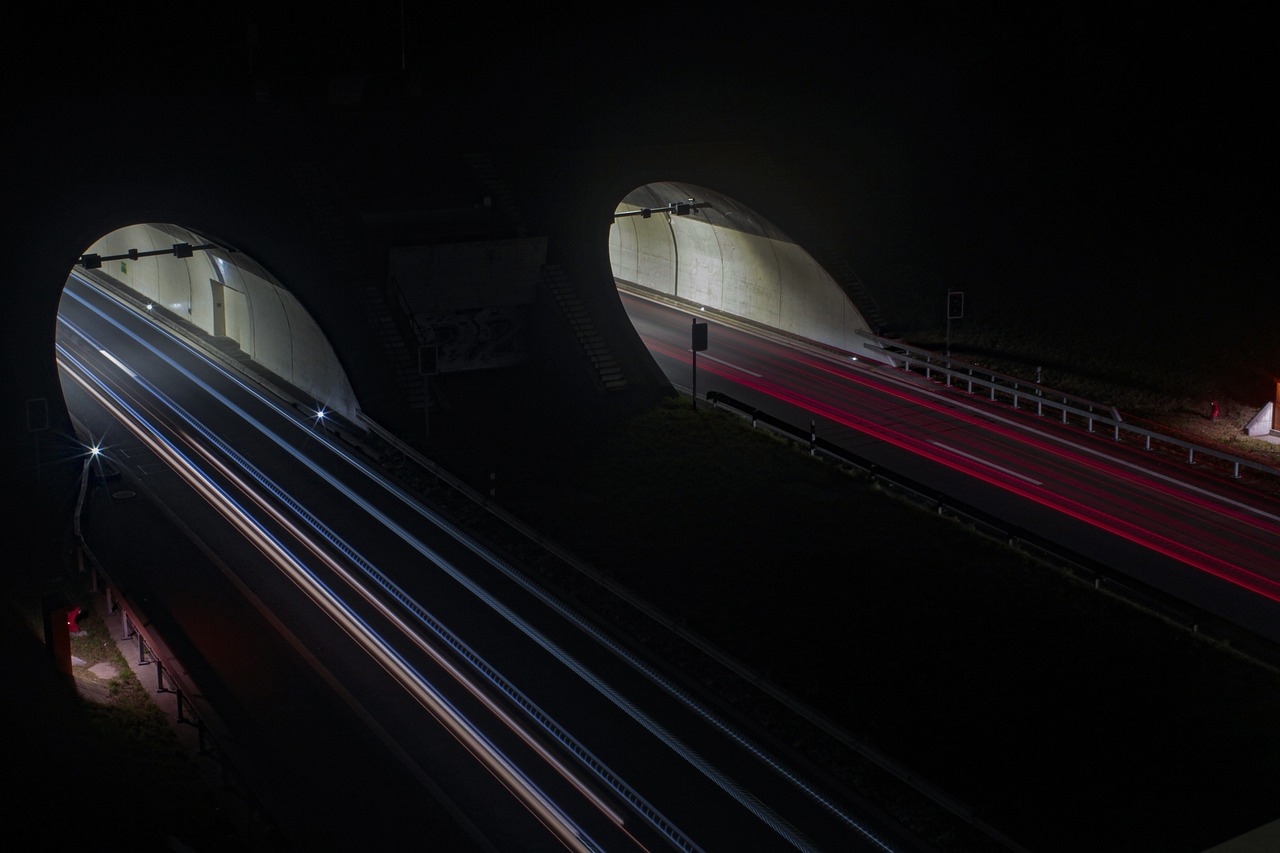Original article (in Serbian) was published on 11/7/2025; Author: Milica Blagojević
At the opening of a new section of the Miloš Veliki highway recently, some media outlets reported that, according to President Aleksandar Vučić, Serbia has more highways than Croatia and Romania. While Vučić was misquoted in the case of Croatia, he himself made a false claim regarding Romania. The opening ceremony was also marked by his attempt to downplay public concerns about the safety of the section and the tunnel, which appears to have been opened for trial operation despite not being fully completed.
The new section of Serbia’s Miloš Veliki highway – from Pakovraće to Požega, 19.5 kilometers long – was officially opened on Saturday, July 5, by President Aleksandar Vučić, along with Zoran Drobnjak, director of “Putevi Srbije”, Chinese Ambassador Li Ming, and others.
On that occasion, the President spoke with journalists, who asked whether Serbia had overtaken Croatia in terms of highway kilometers.
He replied, “Not yet,” but added that “we are very close now, and we will soon catch up and surpass them.” However, some media misquoted this statement.
Media such as Večernje novosti, B92, and Euronews reported:
“Vučić stated that Serbia has surpassed Croatia in terms of highways and that we already have significantly more kilometers than Romania in absolute terms, even though it is three times bigger than us.”
Although the part about Croatia was misquoted, the statement about Romania was indeed made by the President.
“We must continue working and building, but we already have much more than Romania in absolute numbers, even though Romania is three times bigger than us,” he said.
However, this statement is not true according to official data. The projection that Serbia will “soon overtake” Croatia is also optimistic at best.
Who Has How Many Kilometers?
According to information on the “Putevi Srbije” website, Serbia had 995 kilometers of highways as of February 2025. The outlet contacted the company for more up-to-date figures, but they said new data would be available only at the end of the month.
Since no other highway section was opened after February 2025 apart from the Pakovraće–Požega stretch, 19.5 km should be added to the existing total.
By that calculation, Serbia currently has around 1,015 kilometers of highways. Romania, with which the President compared Serbia, actually has more.
Data from Romania’s National Institute of Statistics published in April show that by the end of 2024, the country had 1,137 kilometers of highways.
Although Serbia statistically has a larger share of highways relative to its size, Vučić’s statement that we have “much more in absolute numbers” is incorrect – not only does Serbia not have more, it has fewer.
On the other hand, his claim that Serbia will “soon catch up and surpass Croatia” is an optimistic assumption, especially considering the current pace of highway construction and the distance yet to be covered.
According to “Hrvatske autoceste,” Croatia’s state-owned highway company, the country has a total of 1,355 kilometers of highways. Therefore, Serbia would need to build at least 340 more kilometers to catch up.
According to data from “Putevi Srbije” and the Ministry of Construction, Transport and Infrastructure, Serbia has completed an average of 47 kilometers of highway per year from 2012 to 2024.
At this rate, it would take Serbia a little over seven more years to catch up with Croatia – provided that Croatia does not open any new sections in the meantime.
Where Is There Room for Manipulation?
In recent times, the term “expressway” has increasingly been used alongside “highway.” President Vučić used both terms during Saturday’s ceremony.
“In these 12 years, we will be able to officially say we have built more roads than in the previous 67 years. Highways and expressways,” he stated.
These are different categories of roads. According to the regulation on road classification, expressways are ranked lower than highways.
The regulation classifies so-called expressways as motorways – for example, the Fruška Gora corridor, which is still under construction, or the Požarevac–Golubac road, which is partially completed.
According to “Putevi Srbije”, as of February this year there were about 182 kilometers of motorways built, and another 30 kilometers of expressway (Požarevac–Golubac) is expected to open by the end of the year.
By adding highways and expressways together, Serbia’s total road length could appear greater than Romania’s. However, this involves mixing two different categories of roads – higher and lower rank. For a proper comparison, Romania’s expressways would also have to be counted.
Safety Concerns About the New Section
The ceremony was also marked by another statement from the President, who said that the “former paths and dirt roads full of holes and reverse slopes have become the most modern and safest highways.” That safety, however, is being questioned.
According to an investigation by Insajder TV and website, construction work on the section has not been completed, which is why engineers have not signed the necessary documents.
As this media outlet reported, a regulation recently adopted by the Government “enabled the opening of tunnels without completed systems for automatic data monitoring,” and such a system was not completed in one of the tunnels on this stretch.
In an interview with Insajder, “Putevi Srbije” director Zoran Drobnjak nevertheless guaranteed that the highway is safe, stating that what hasn’t been finished “can be completed” and that this is why the section was opened for trial use.
Despite the situation in the country – especially after 16 people were killed due to the collapse of another unsafe structure (the train station in Novi Sad) – President Vučić downplayed concerns about the safety of the highway section on the day of the opening.
When asked by an Informer journalist what he thought about the “campaign” claiming that the highway is unsafe, Vučić replied:
“I have nothing to say when someone is that miserable and hates their own country that much.”
He later added:
“Look, what’s unsafe? They say something might shift by 0.1 millimeter, I don’t know, something… Please, don’t do this.”
Even before the official opening, he had a similar reaction:
“It’s useless, there’s always some paper missing because someone didn’t sign something, and now it’s just nonsense and theatrics, I don’t even want to talk about it. The hill is shifting by 0.1 millimeter – come on, who are you kidding with that?”
The section of the Miloš Veliki highway from Preljina to Požega, which includes the newly opened stretch, is being constructed by the Chinese company China Communications Construction Company (CCCC) – the same one working on modernizing the Belgrade–Hungarian border railway.
For the Preljina–Požega section, a loan was taken from the Export-Import Bank of China (EXIM) worth $445 million, while the total value of the project is even higher – over $523 million, according to the loan agreement itself.
Translated in English using AI tools, then thoughtfully refined by a human editor.



